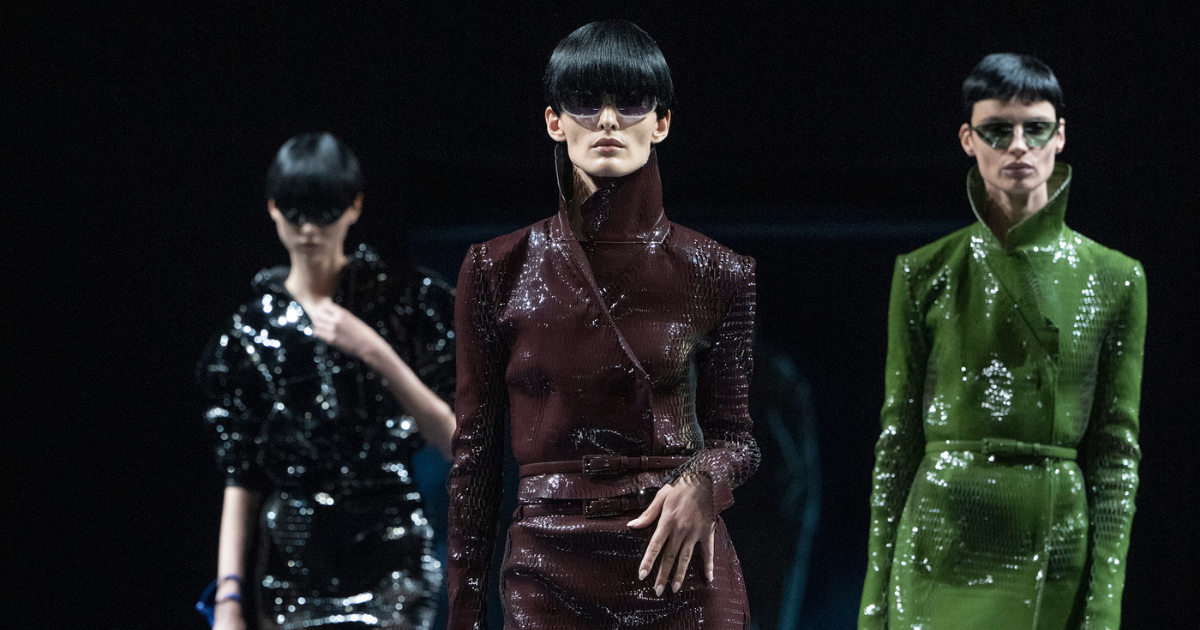15 years without McQueen: rebel, artist, fashion legend
The story of a designer who left an indelible mark on the industry

Alexander McQueen was a monumental figure in fashion history – an undeniable genius who transformed the runway into pure art. He was not just a designer but a true artist: unique, unconventional, and endlessly dedicated to his craft.
February 11 marks 15 years since his passing, yet his legacy remains alive, continuing to inspire designers and astound with its depth.
The birth of a genius
Lee Alexander McQueen was born on March 17, 1969, in a working-class family in London. His father was a taxi driver, and his mother was a teacher. The youngest of six children, he showed an early fascination with art, fashion, and horror films. At 16, he began working on Savile Row, the prestigious tailoring street, where he quickly mastered technical precision and an unparalleled eye for detail.
Determined to advance, McQueen sought a place at Central Saint Martins, one of the world’s most prestigious fashion and arts universities. His raw talent was so undeniable that, despite lacking a formal undergraduate degree, he was immediately offered a spot in the master’s program. To fund his studies, he borrowed money from his beloved aunt, knowing this was his one shot at changing his life. His graduate collection, inspired by the myth of Jack the Ripper, captivated the industry so much so that it was entirely purchased by fashion journalist Isabella Blow, who became his mentor and muse.
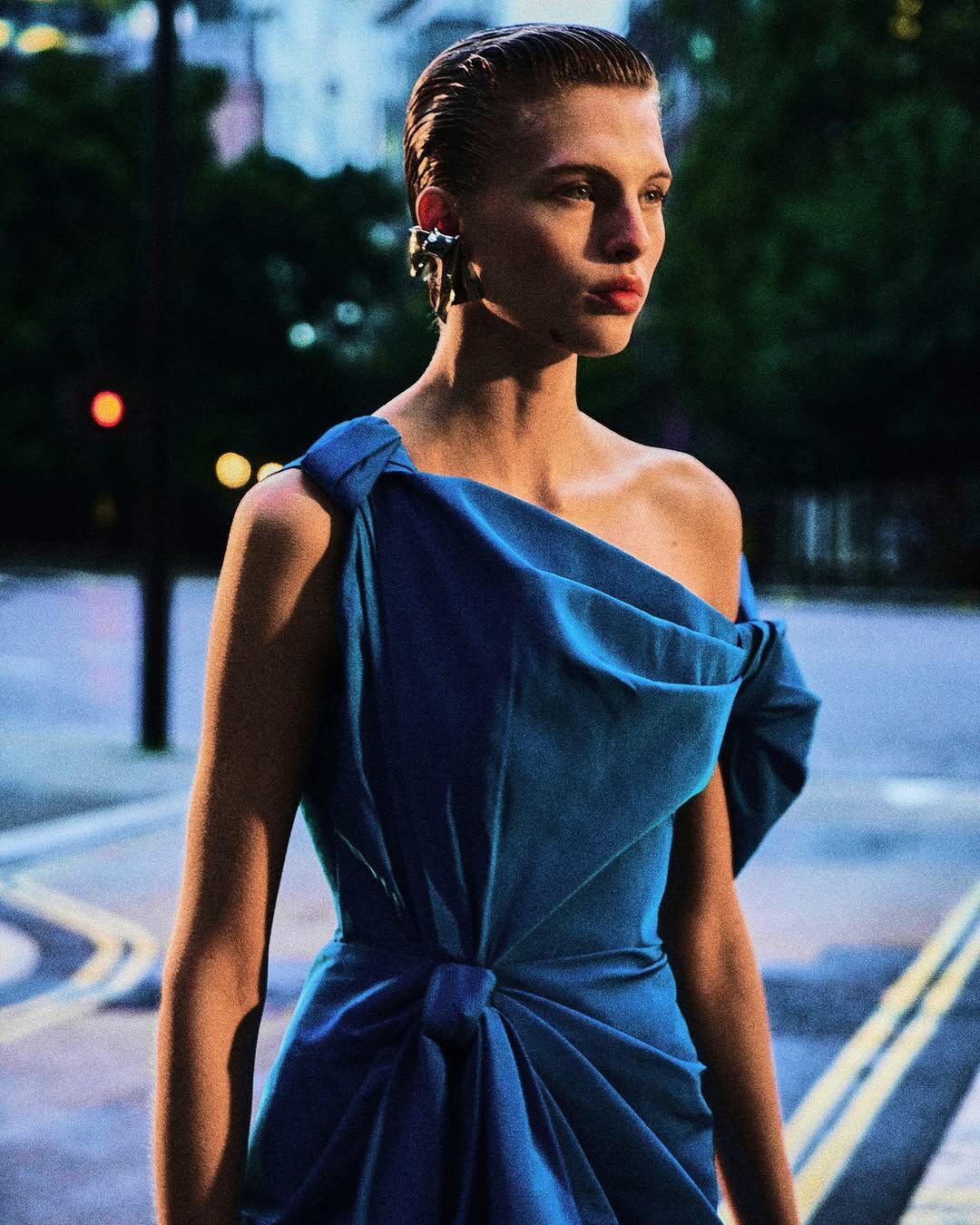
Photo: INSTAGRAM/alexandermcqueen
McQueen’s career skyrocketed, and in 1996, at just 27 years old, he was unexpectedly offered the role of creative director at Givenchy following John Galliano’s departure. However, this partnership was anything but harmonious: McQueen, known for his rebellious nature, openly criticized the traditionalist DNA of the house, even once stating that Hubert de Givenchy’s work held no significance for him. He saw his position at Givenchy as a means to finance his brand rather than a calling. Still, despite the friction, he infused the House with an unprecedented boldness and avant-garde spirit, drawing in a younger audience.
McQueen as an artist
Alexander McQueen wasn’t merely a designer; he was an artist who used fashion as a medium to convey raw emotions and provocative ideas. He didn’t just create clothing to enhance beauty; he told stories – dark, unsettling, poignant narratives. His shows explored taboo subjects such as violence, death, mental illness, and the oppression of women, shocking audiences in ways that no one else dared to. In today’s era of cancel culture and ever-tightening boundaries, his radical vision would likely have been met with controversy.
“I don’t want to do shows where people leave feeling like they just had a Sunday lunch. I want them to feel something – whether it’s disgust or elation. If you leave without emotion, I haven’t done my job,” McQueen once said.
His shows were always ahead of their time. In 1999, at his No.13 show, spectators witnessed an iconic moment when two robotic arms spray-painted a white dress worn by Shalom Harlow live on the runway—a groundbreaking technological performance for the era. In 2006, his Widows of Culloden show featured a mesmerizing hologram of Kate Moss, a vision of ethereal beauty that became one of the most hauntingly poetic moments in fashion history.
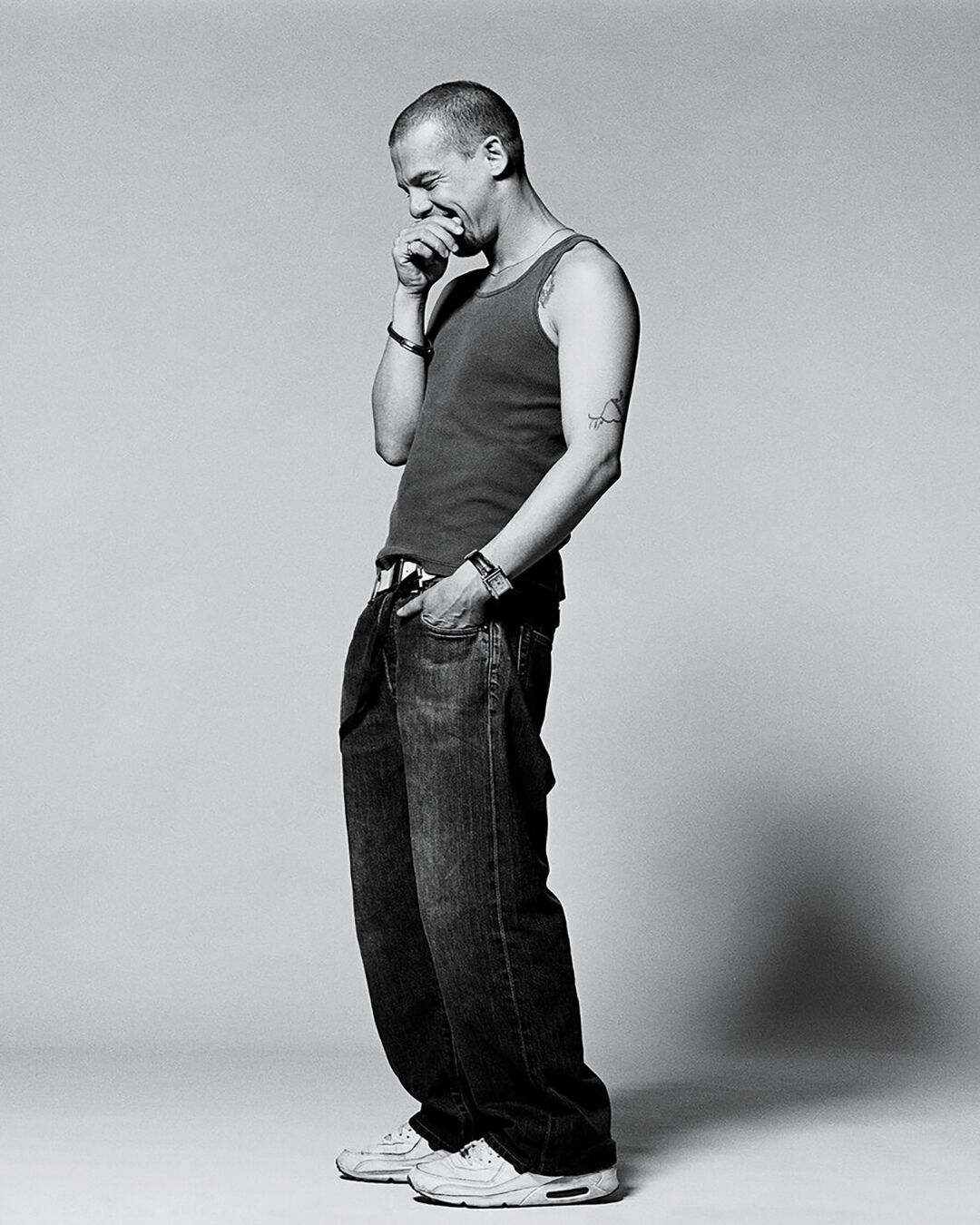
Photo: INSTAGRAM/alexandermcqueen
His 2001 show, VOSS, was particularly unforgettable. Guests arrived to find a massive mirrored cube and were forced to stare at their reflections for an hour while the show was deliberately delayed. This move was meant to force the fashion world to look inward, to reflect. When the lights finally illuminated the cube, models emerged with their heads wrapped in bandages, displaying erratic movements, slamming against the glass, simulating a nervous breakdown. Then, in a breathtaking climax, the glass enclosure at the center of the stage shattered, releasing hundreds of moths. Inside was the writer Michelle Olley, sitting naked and motionless with a breathing mask – a direct reinterpretation of Joel-Peter Witkin’s Sanitarium photograph. McQueen was forcing his audience to confront the dark underbelly of the fashion industry, exposing the painful truths beneath its glossy exterior.
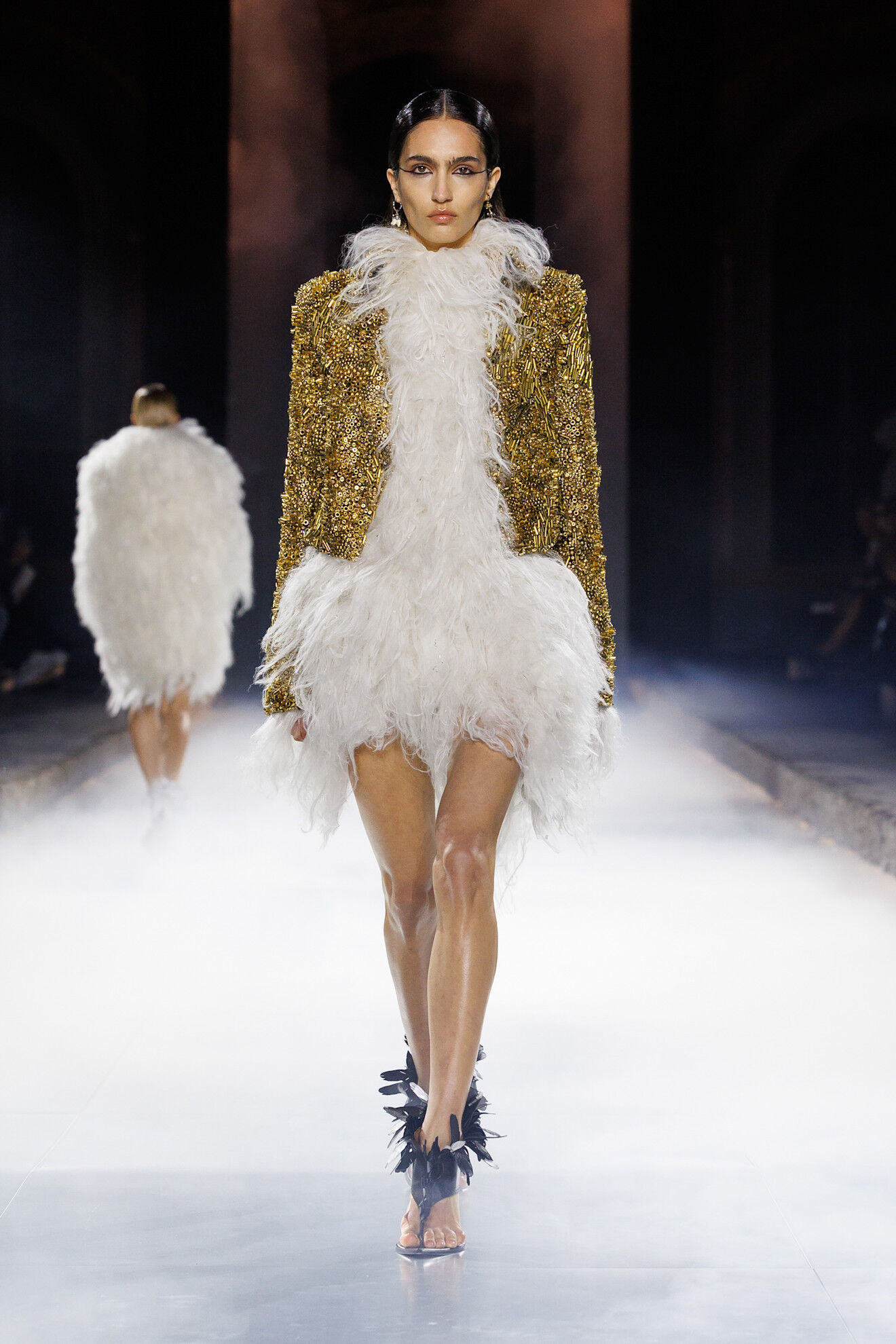
Photo: INSTAGRAM/alexandermcqueen
On October 6, 2009, McQueen unveiled what would become his final living masterpiece: Plato’s Atlantis. A fusion of futurism and nature, the collection introduced the now-iconic alien-like Armadillo boots, pushing the boundaries of both fashion and technology. He described the show’s concept with chilling clarity: “Humans, having destroyed the Earth, return to the ocean.”
McQueen’s legacy: Art that never dies
Despite his professional success, McQueen’s personal life was marked by profound sorrow. Deeply attached to his mother, Joyce, her passing in 2010 devastated him. Depression, the crushing pressures of the fashion industry, and an overwhelming sense of isolation compounded his struggles. On February 11, 2010, Alexander McQueen took his own life, leaving behind a heart-wrenching note: “I am sorry ... please look after my dogs. Sorry ... I love you ...Lee.”
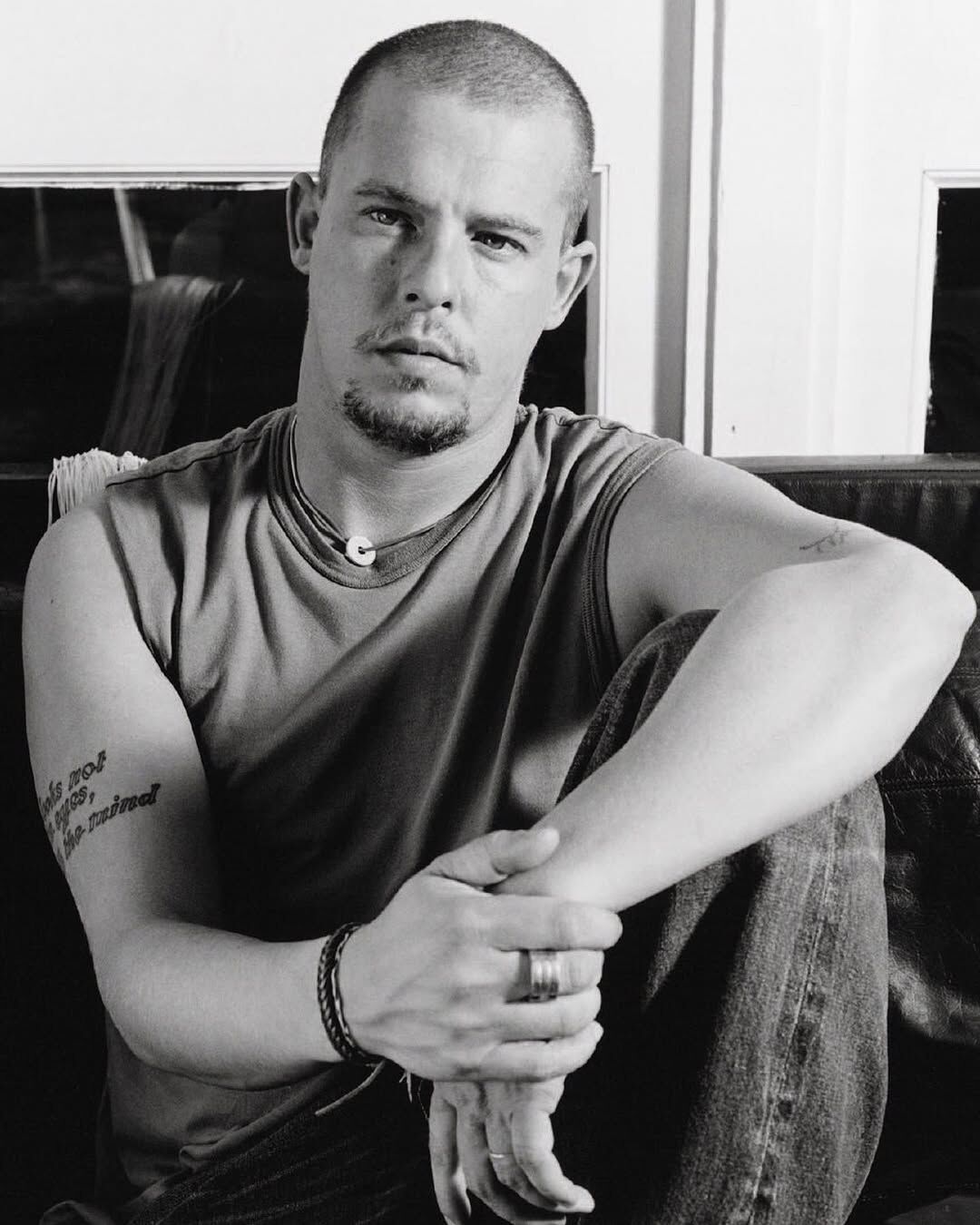
Photo: INSTAGRAM/alexandermcqueen
His death was a tragic loss for fashion, but his impact is eternal. McQueen redefined the very essence of fashion, turning it into an art form that evoked visceral emotions. He despised commercialism, defied conventions, and created collections that forced audiences to think, feel, and react. Today, his influence continues to shape designers worldwide. His courage, innovation, and raw artistry will forever remain a benchmark in fashion history. If he were still here today, the fashion world would undoubtedly look very different.


